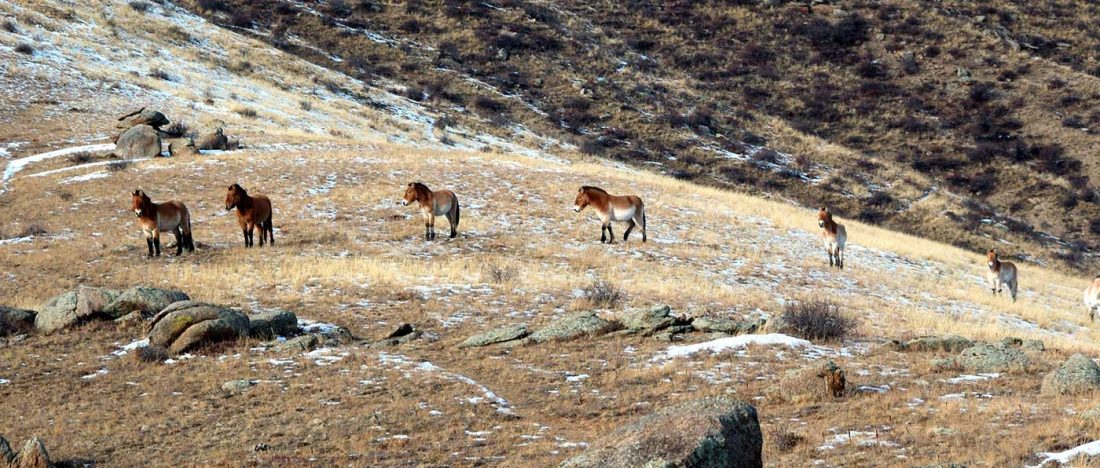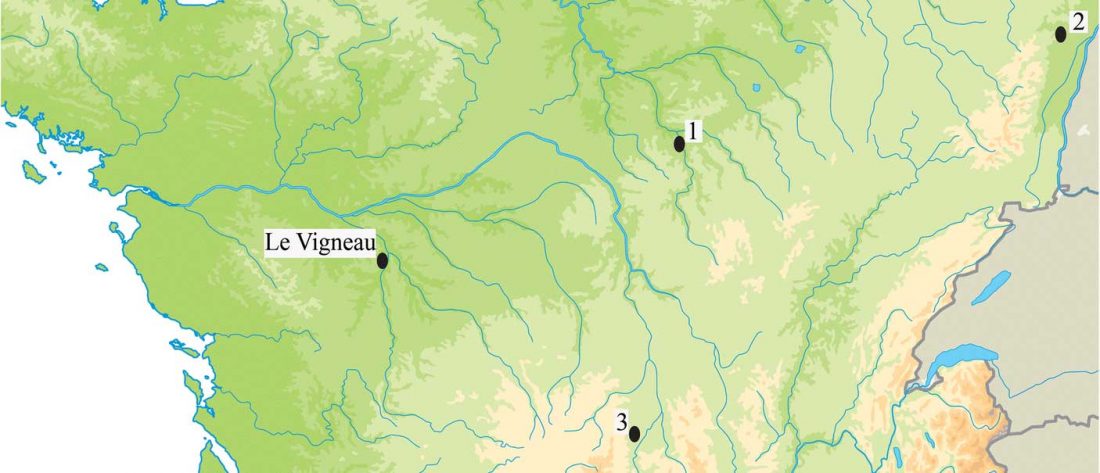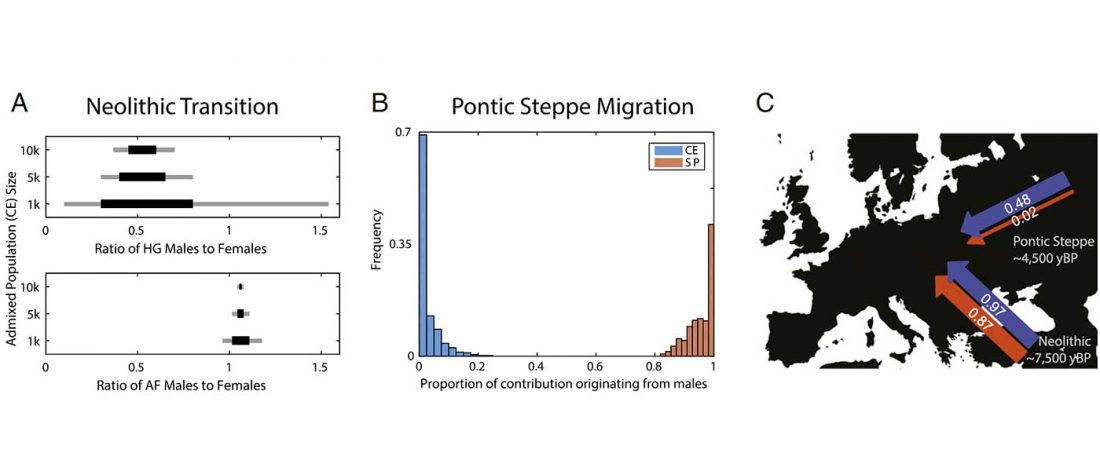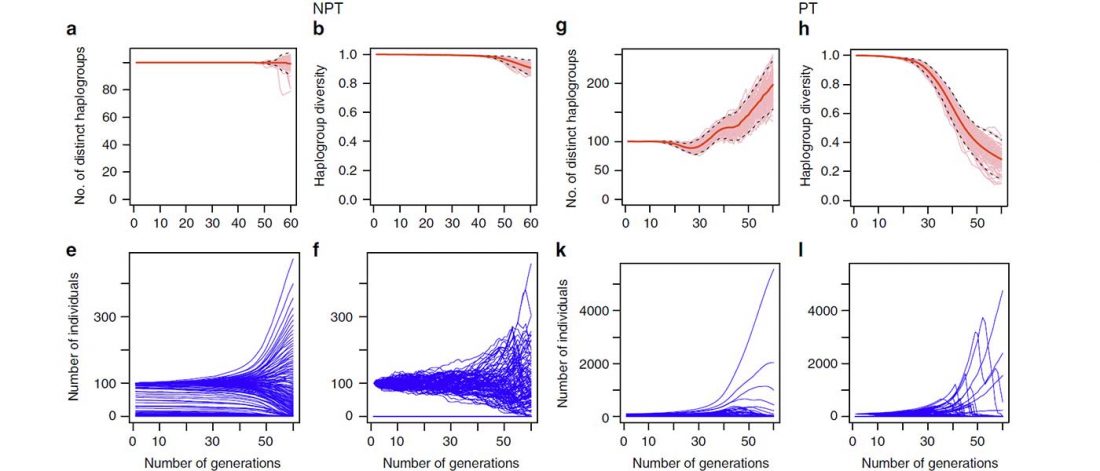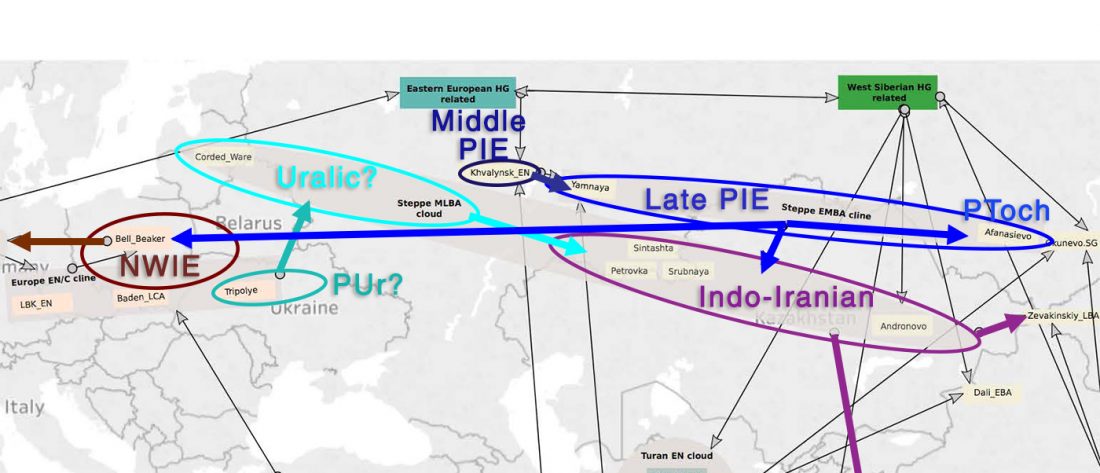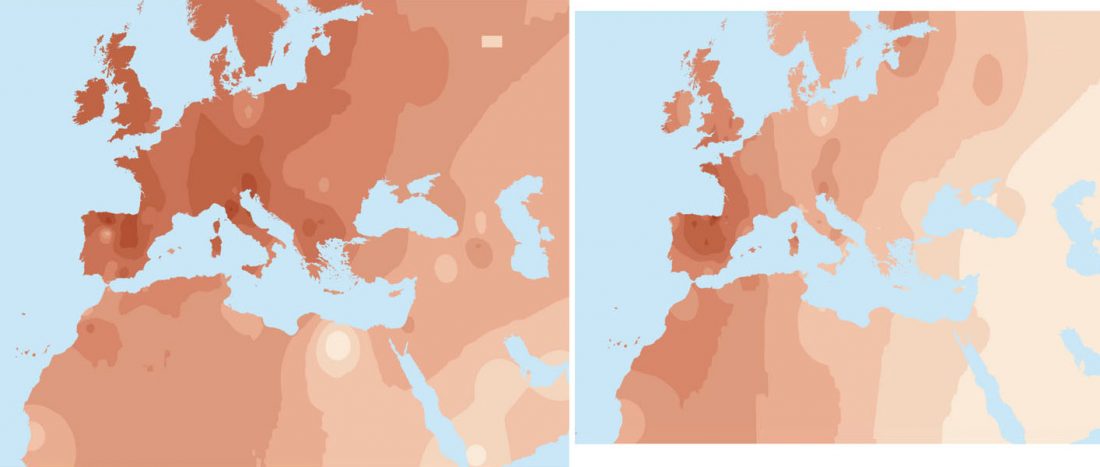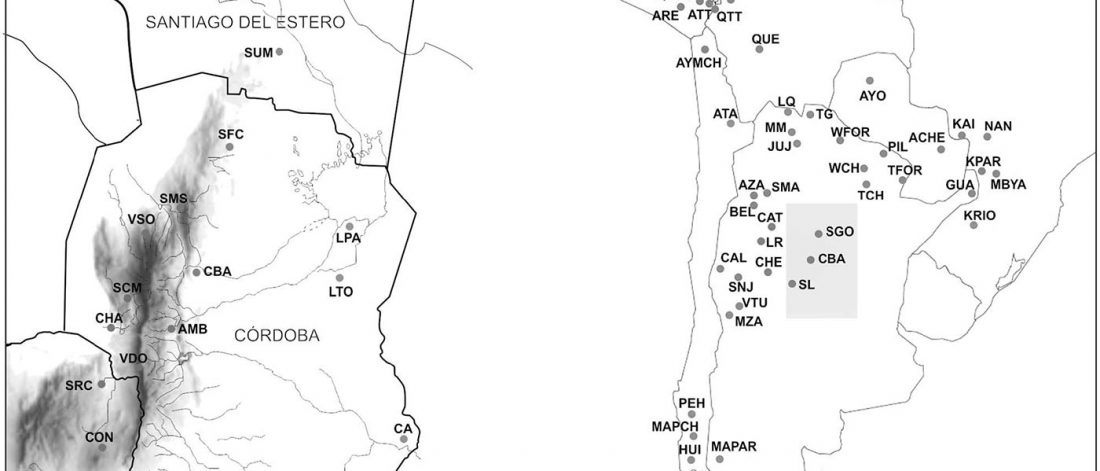Open access Detecting the Population Structure and Scanning for Signatures of Selection in Horses (Equus caballus) From Whole-Genome Sequencing Data, by Zhang et al, Evolutionary Bioinformatics (2018) 14:1–9.
Abstract (emphasis mine):
… Read the rest “Domesticated horse population structure, selection, and mtDNA geographic patterns”Animal domestication gives rise to gradual changes at the genomic level through selection in populations. Selective sweeps have been traced in the genomes of many animal species, including humans, cattle, and dogs. However, little is known regarding positional candidate genes and genomic regions that exhibit signatures of selection in domestic horses. In addition, an understanding of the genetic processes underlying horse domestication, especially the origin of Chinese native
